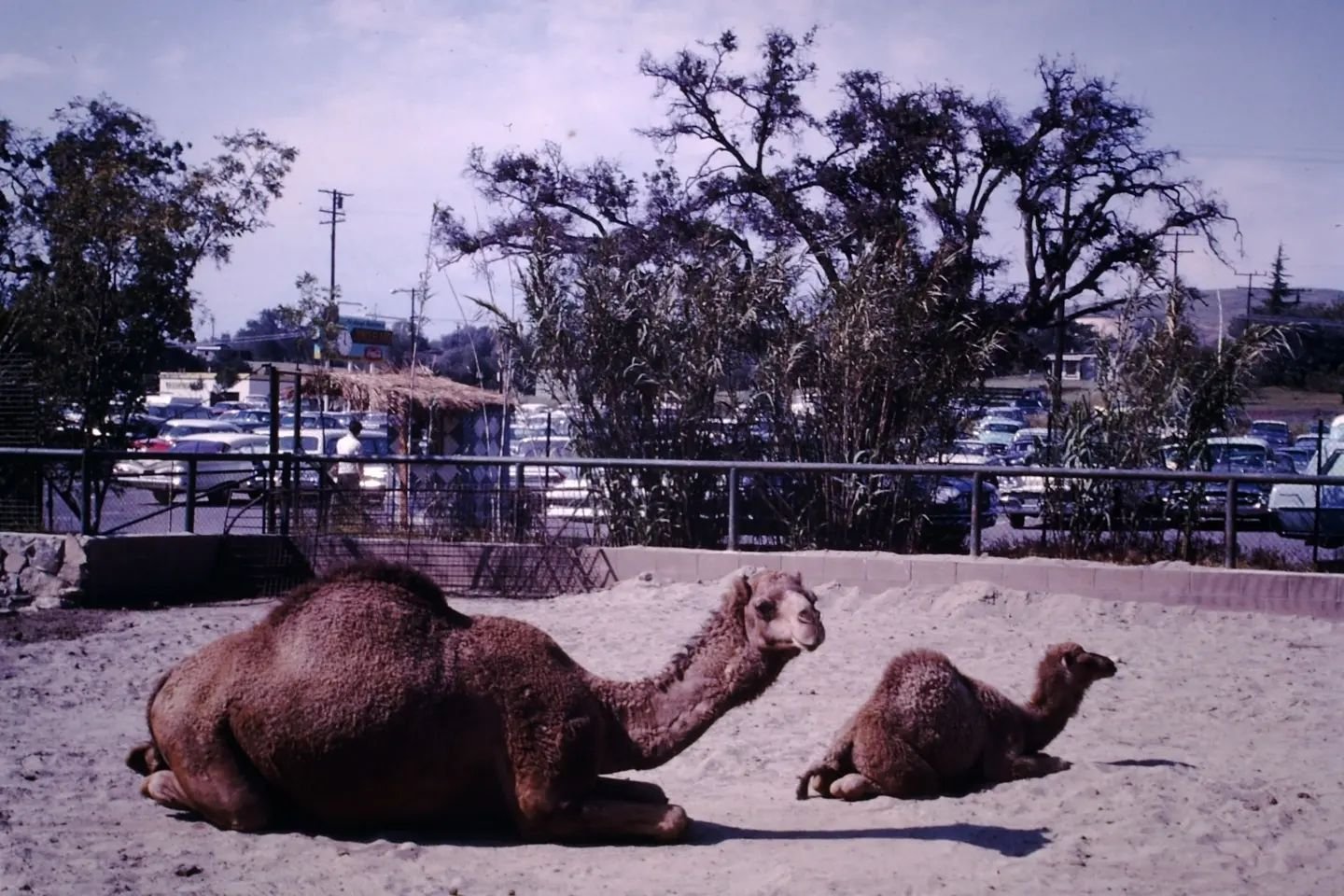Daylight Saving Time is Back ALREADY on Sunday, March 10th!
/Daylight Saving** Time is coming back again! Yes, this will take place on Sunday, March 10, 2024, at 1:59 a.m. When the clock strikes 2 a.m. that morning, you will lose one hour of beauty sleep.
So try to get to bed early the night of March 9th or you might feel grumpy on Monday! Especially when you realize it feels a lot darker that morning. But the good thing is it'll be a lot lighter out at dinnertime!
** Contrary to what many of us think, it is called Daylight Saving Time, not Savings Time. Make sure to correct anyone who says it wrong if you really want to get on their nerves. But the reality of it is that we're not saving any daylight, we're just shifting it around.






















